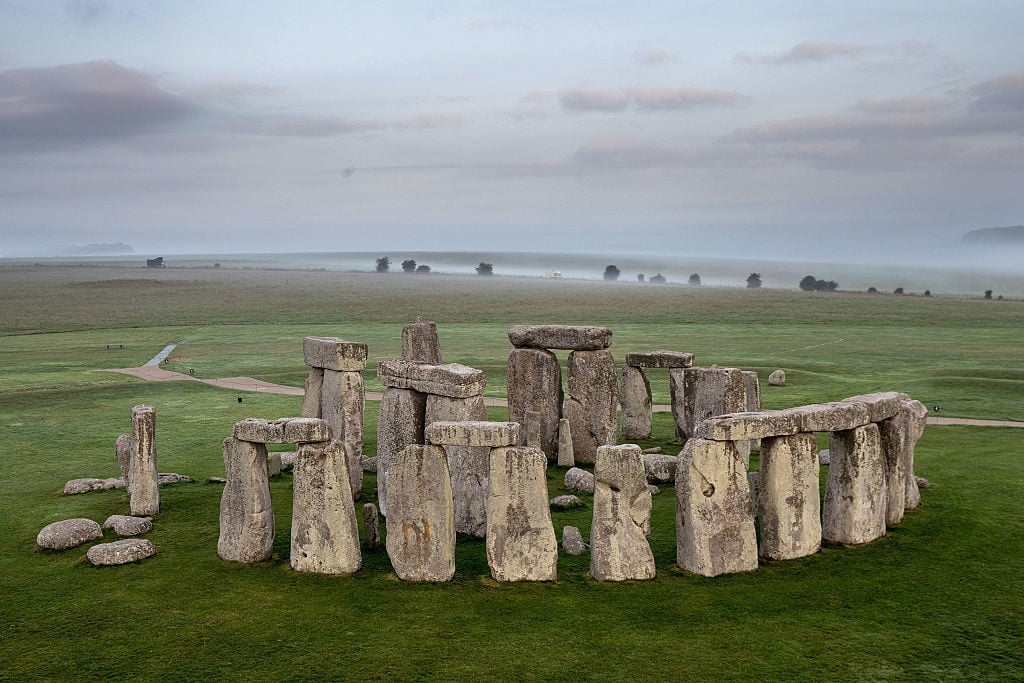Art World
Archaeologists May Have Finally Solved the Mystery of Where Stonehenge’s Rocks Came From
A new study suggests that the rocks were dragged nearly 150 miles from where they were quarried.

A new study suggests that the rocks were dragged nearly 150 miles from where they were quarried.

Kate Brown

Stonehenge has long been shrouded in mystery, but a group of archaeologists now claim to know the exact location where its mythical rocks came from—230 kilometers (143 miles) away from the enigmatic site.
Researchers have long known that the so-called “bluestones”—the spotted, dolerite rocks that make up the inner circle—were originally mined from the Preseli Hills in Wales, but the exact quarries had yet to be determined. Now, after eight years of excavation and investigation, researchers say the sites may have been located.
In a peer-reviewed study released in the journal Antiquity this week, scientists reveal evidence of two precise sites, Carn Goedog and Craig Rhos-y-felin, that date to around 3000 BC, the period in which the first phase of Stonehenge construction took place.
By looking at prehistoric tools, carbon-dated charcoal, and evidence on the stones of varying quarrying techniques, the authors have connected the dots that link the megalith monument to the two quarries, nearly 150 miles away.
“What’s really exciting about these discoveries is that they take us a step closer to unlocking Stonehenge’s greatest mystery—why its stones came from so far away,” archaeologist Mike Parker Pearson, the lead author of the study, told the Guardian. “Every other Neolithic monument in Europe was built of megaliths brought from no more than 10 miles away.”
Whereas previous research suggested that the stones were taken to the south of the coast and possibly transported by rafts over the sea, the new study proposes that up to 80 of the stones were dragged and carried over land along a route that is not too different from the modern A40 highway that connects Wales to London, according to study co-author Dr Rob Ixer.
Though the inner rocks are not nearly as big as the ones that form the outer circle, each one weighs as much as a car. And unlike ancient megaliths in Egypt, the stones are naturally occurring, and were not carved from larger slabs, according to the new study.
Joshua Pollard, a professor of archaeology at the University of Southampton and one of the study’s authors, told BBC that the findings provided “further confirmation that the Stonehenge bluestones were moved by people (and not geological forces such as ice-sheets) in prehistory, in what stands out as one of the most remarkable instances of long-distance movement of large stones in the ancient world.”
The study also suggests a radical possibility: that the stones were arranged in formation near the quarries before being moved to their current home on Salisbury Plain.
“We’re now looking to find out just what was so special about the Preseli hills 5,000 years ago, and whether there were any important stone circles here, built before the bluestones were moved to Stonehenge,” Pearson said, according to Science Daily.